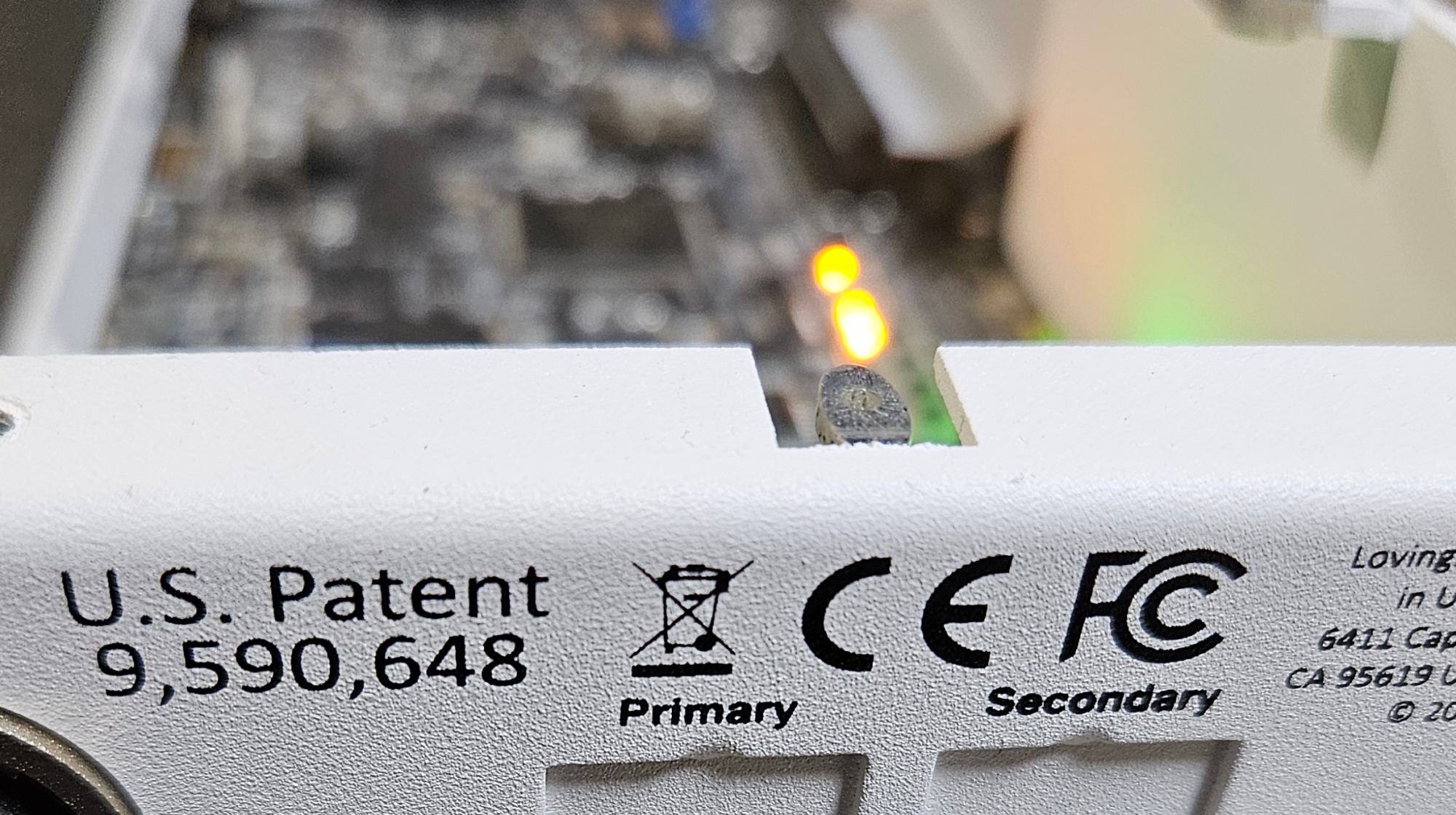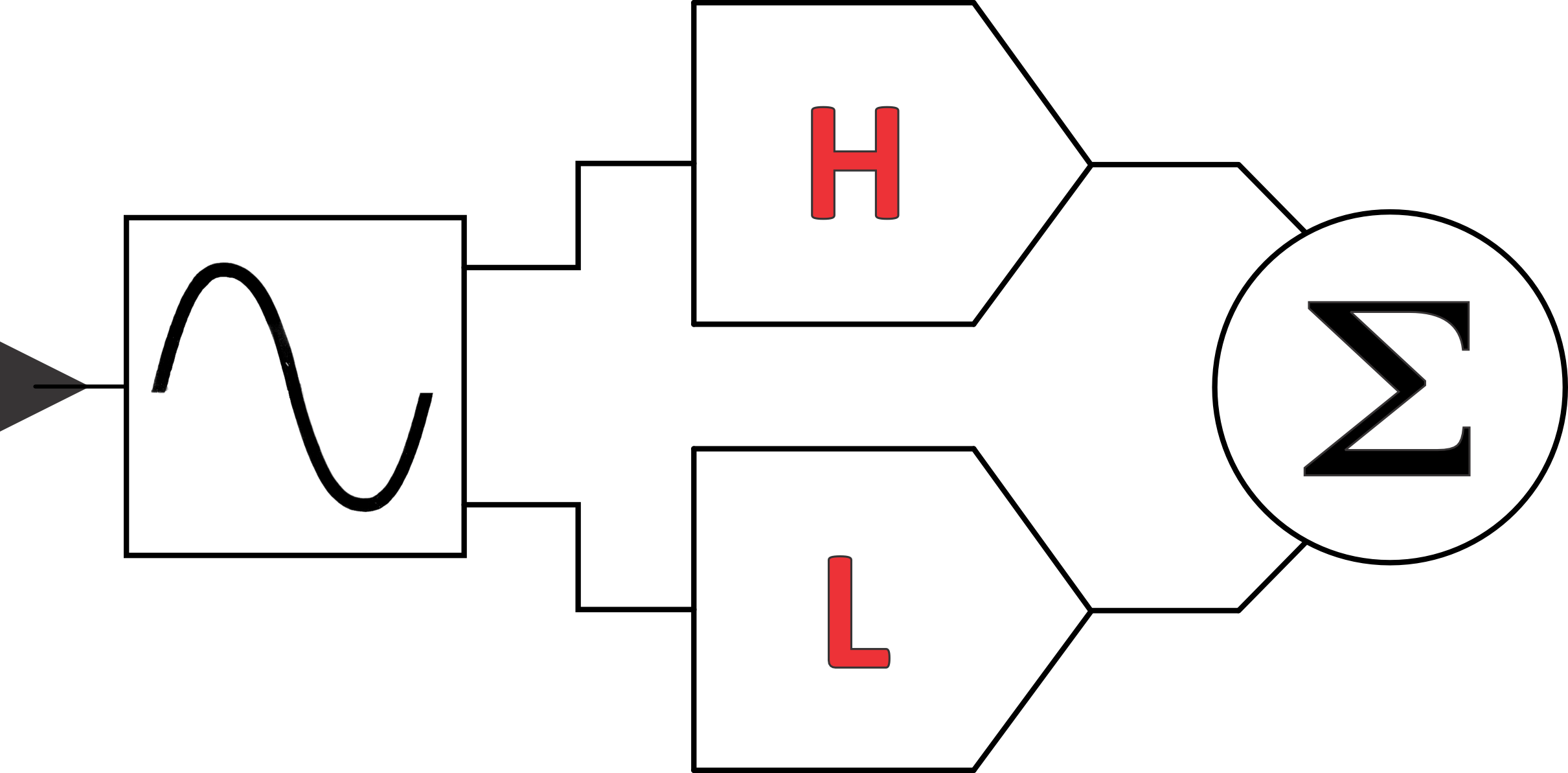
Paradigm Shift
Welcome to the most significant audio breakthrough since digital conversion. Delivering noise, linearity, and dynamic range performance so advanced that modern test equipment cannot measure it. Imersiv HDR-A is a revolutionary new multiple-path audio architecture, poised to fully re-imagine the way we capture and deliver sound, from microphone to power amplifier, and everything in-between.
HDR-A®
You may be familiar with HDR or High Dynamic Range photography. This is an image process that dramatically increases the dynamic range of photographic light. See the comparison showing a traditional photograph versus an HDR photograph. The improvement in HDR low-level detail is stunning.
Multi-path music processing is to audio what HDR is to photography. The analogy is so perfect that we’re calling it HDR-A or High Dynamic Range Audio.
.
In HDR photography, multiple stacked exposures are intelligently summed into a single photo, resulting in significantly improved dynamic range. In imersiv HDR-A audio, multiple stacked sound levels are intelligently summed into a single audio file, resulting in dramatically improved dynamic range.
The image comparison is directly analogous to the improvement in low-level audio clarity and atmospheric depth experienced with imersiv HDR-A multi-path processing.
Single-Path Photography
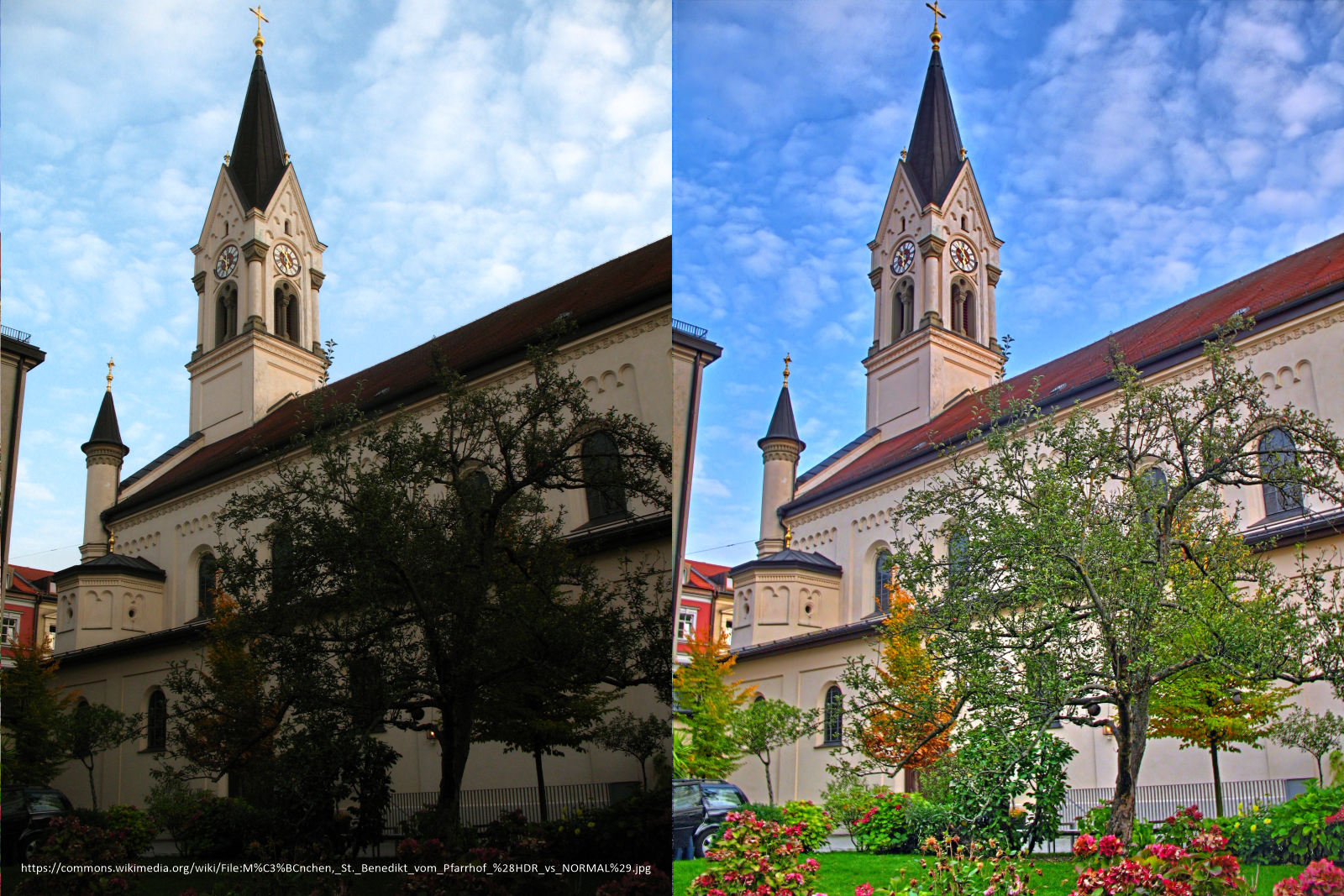
In HDR Photography, multiple stacked exposures are taken and then intelligently summed into a single photo, resulting in dramatically improved dynamic range. In HDR Audio, multiple stacked sound levels are intelligently summed into a single audio file, resulting in dramatically improved dynamic range.
The image comparison you see is directly analogous to the improvement in low-level audio clarity and atmospheric depth experienced with imersiv HDR-A multi-path processing.


Realization

Perfecting HDR-A took over 10 years of continuous research and development. The graph shows how it works.
Path 1 is an audio signal with 90dB of dynamic range, from 0dB to 90dB. Path 2 is an audio signal with 100dB of dynamic range, from 80dB to 180dB. When paths 1 & 2 are combined, the resulting dynamic range is 180dB, from 0dB to 180dB. That’s multi-path high dynamic range audio.
Multi-path HDR-A offers two major advantages over traditional single-path methods. First, it significantly reduces noise and distortion (THD+N). The imersiv D-1 achieves a remarkable 40 nanovolts of broadband noise, which is around 40 dB lower — 100 times quieter — than today’s best DAC designs. In fact, the D-1’s self-noise is 25dB below the measurement capability of today’s leading test equipment, such as the APx555B (see FAQ).
The second advantage is untethered headroom. HDR-A technology allows us to boost high-path headroom to any level without affecting our quiescent self-noise. The D-1 provides +22dBu (10 volts) of ISO-free* headroom while maintaining its profoundly low 40nV self-noise floor. This results in a true broadband, unweighted linearity and dynamic range of 28 bits or 168dB. (*inter-sample overs or inter-sample peaks)
Multi-path is the next design standard of audio architecture, from microphone to power amp, and everything in between.
Purity
Acoustic recording engineers — whether in film scoring, classical music, jazz, or other genres — understand that spatial information is conveyed in the quiet moments: in the space between notes; in the subtle decay of a piano chord just before it fades from perception; in the brief instant a note is first struck, before it reaches its peak. Quoting one of today’s top recording engineers, “On the music side, everything in the quiet neighborhood is where we get the ‘life’ and spatial cues in a recording. Distortion of lower-level partials is the very first casualty of any acoustic recording.”
Extraordinarily pure low-level audio is a key reason why HDR-A topology delivers improved spatial and timbral realism compared with legacy single-path DACs. When audio levels drop below a certain threshold, HDR-A begins processing in a new DAC core — with dramatically lower distortion+noise (THD+N) performance.
See diagram. Compare a low-level, perceptible sine wave on the D-1 multi-path DAC versus a high quality single-path DAC. Single-path waveforms are jaggy and noisy. We hear this as poor image definition, atmospheric collapse, and a blurring of complex timbres — while HDR-A “new core” signals remain pure and natural, even far below the limits of human hearing.
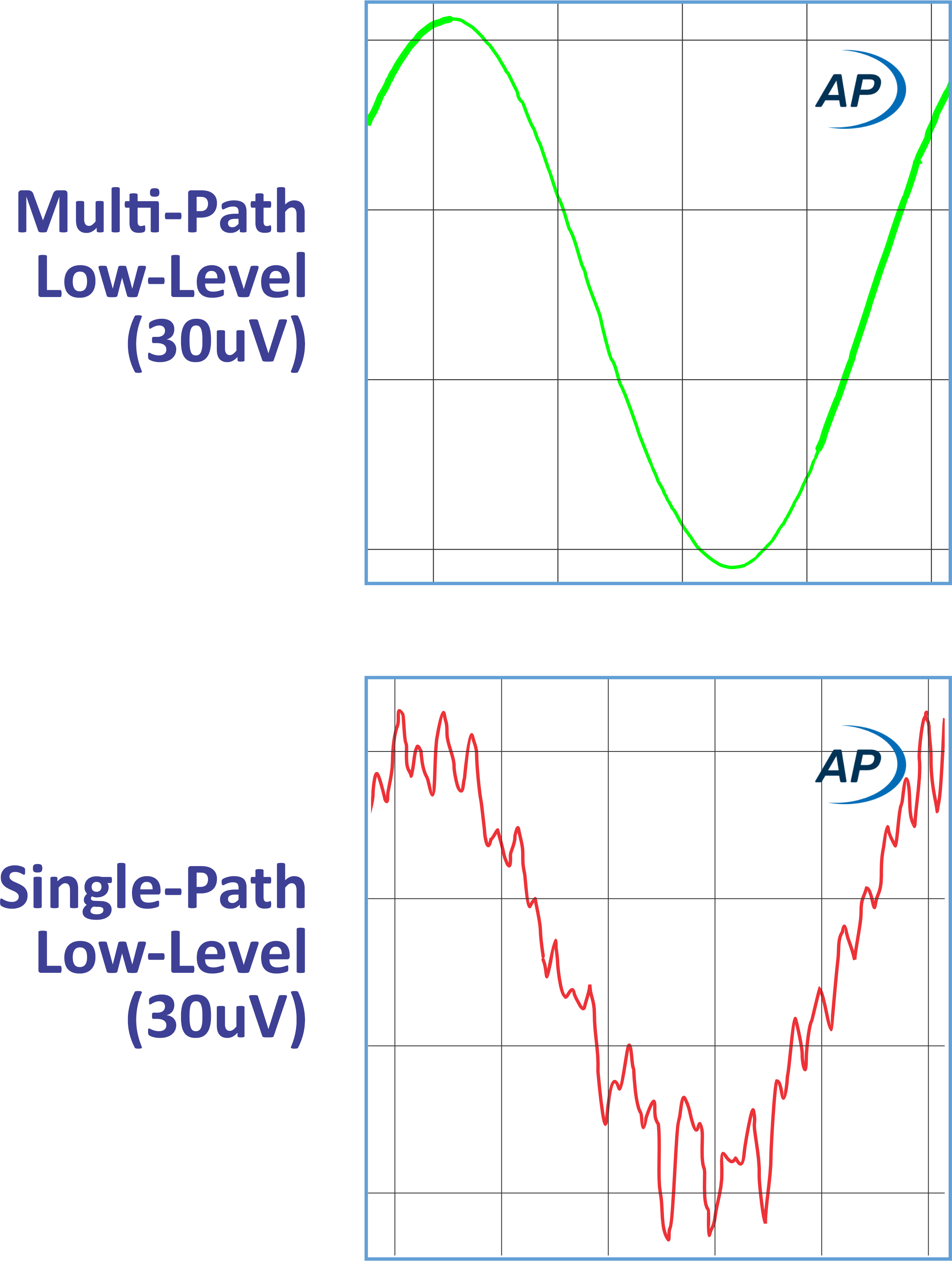
Extraordinarily pure low-level audio is a key reason why HDR-A multi-path topology delivers far greater spatial and timbral reality than legacy single-path audio.
Compare a low-level, perceptible sine wave (see diagram) on the D-1 multi-path DAC versus a high quality single-path DAC. Single-path waveforms are jaggy and noisy. We hear this as poor image definition, atmospheric collapse, and a blurring of complex timbres — while multi-path signals remain pure and natural, even far below the limits of human hearing.
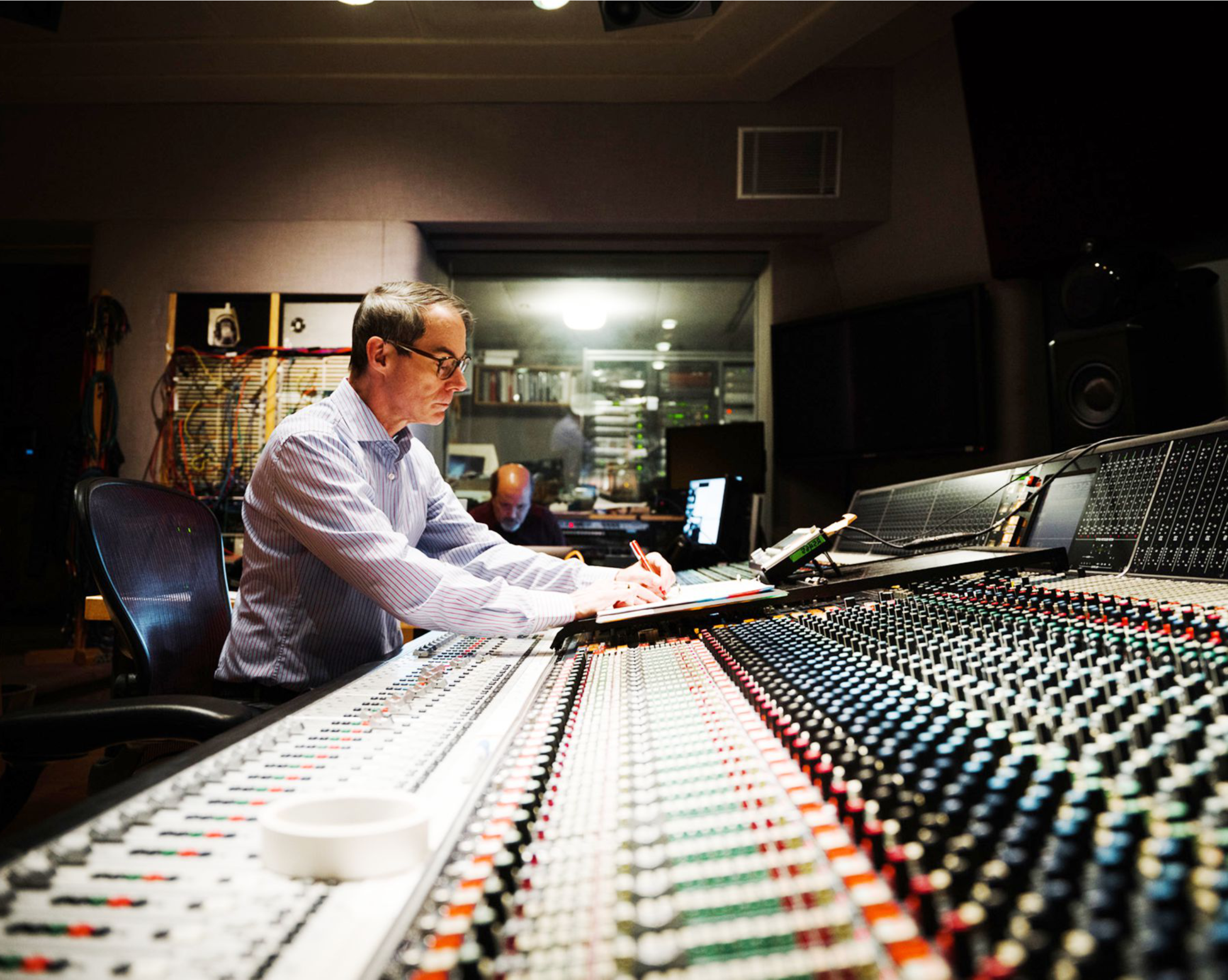
David Bowles, Skywalker Ranch
Pro Proven

David Bowles, Skywalker Ranch
Over forty Grammy-winning / plantinum recording engineers and film composers evaluated the imersiv D-1 DAC for one year. The results were unambiguous:
“a revelation”
“I went into shock”
“the clarity is incredible”
“this DAC is astonishing”
“unbelievably pure and clear”
“this will be the industry standard”
“like switching from 35mm to IMAX”
“the client thought he was hearing a 3D mix”
“works magic with metal and dense material”
“I can hear the space between the instruments”
“like hearing my music library for the first time”
Pedigree

Built upon 35 years of innovation in pro-audio design and U.S.-based manufacturing, the imersiv D-1 embodies a heritage of excellence that has shaped the sound of our era’s most celebrated recordings. Millennia’s 2019 induction into the NAMM Technology Hall of Fame acknowledges our lasting influence and commitment to redefining professional audio. We adhere to aerospace-grade design, build, and QA standards, required by our esteemed clients — ranging from classical music recording engineers, broadcast engineers for major events like the Grammys and Oscars, and film scoring stages from Hollywood to Mumbai. It’s no surprise that pre-owned Millennia products consistently achieve top resale value within their professional categories. Learn more at Our Story.

Deeper Dive
Join John La Grou and the imersiv design team for a short video tutorial (below). You will discover the inner workings of HDR-A D-to-A conversion and how it achieves 28-bits of dynamic range and linearity. You’ll also learn how multi-path architecture can be applied to every link in the audio signal chain, from microphones to power amplifiers, and everything in between.
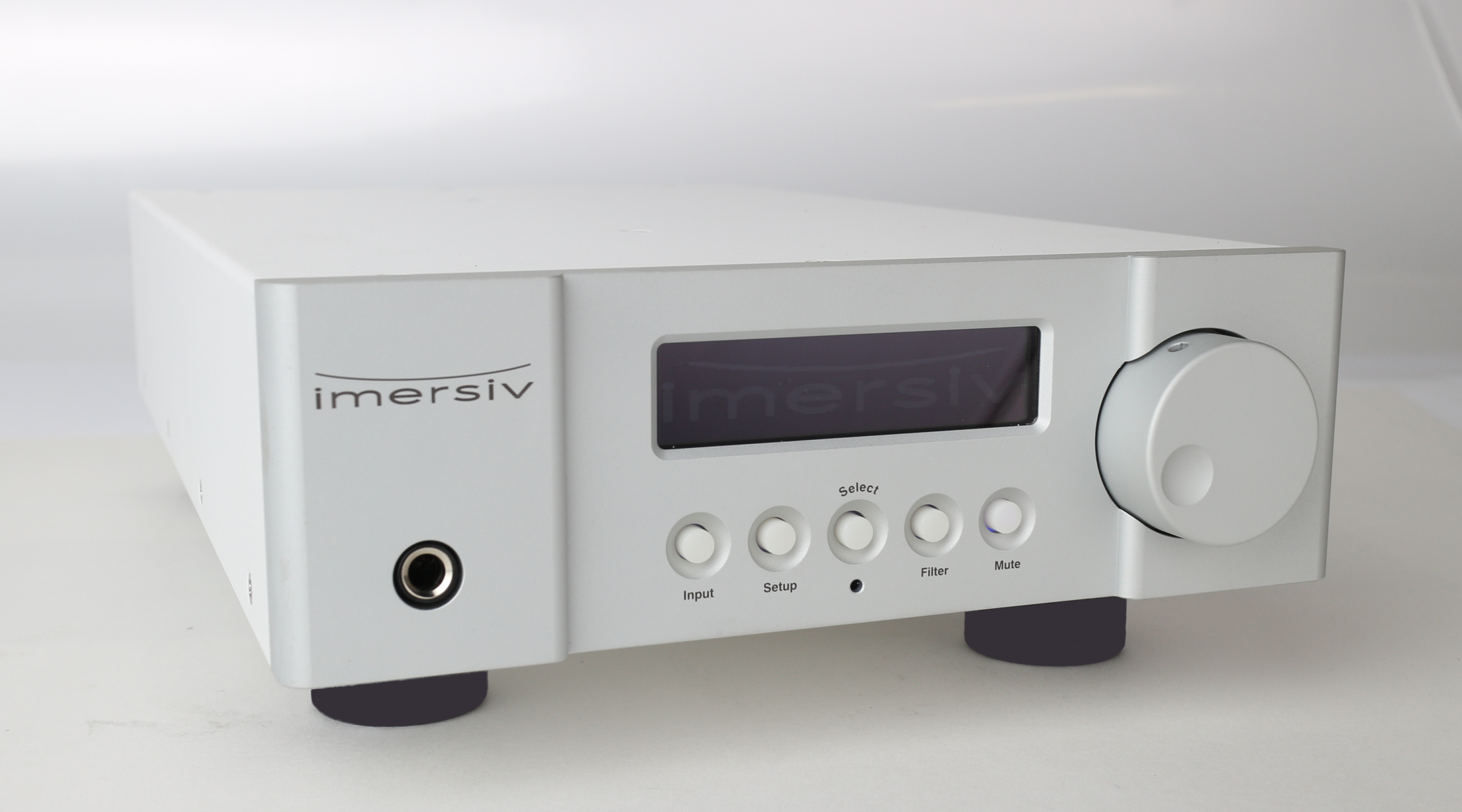
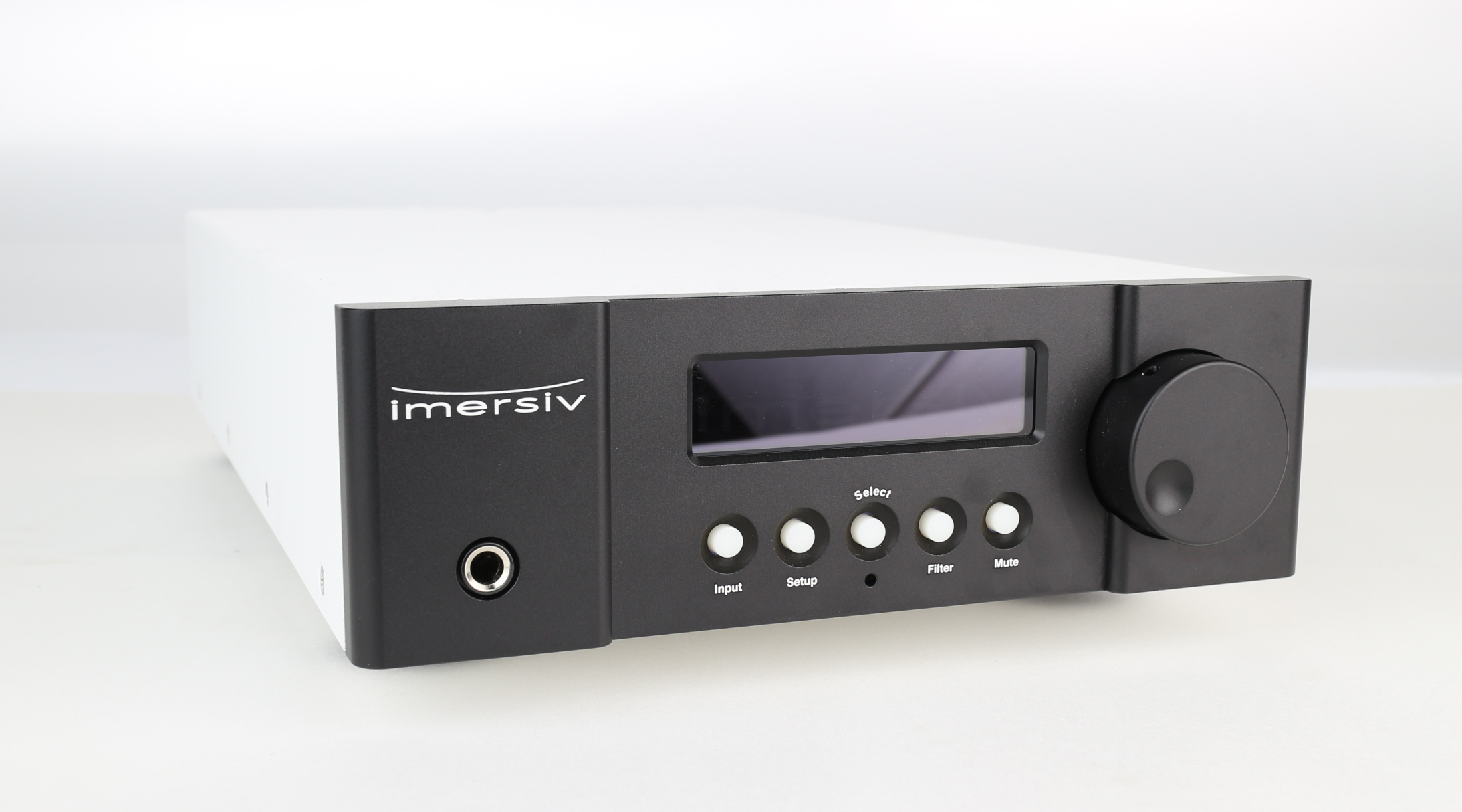
FINISH OPTIONS


2 Ch
RACKING OPTIONS
4 Ch
Specifications
| Supported Input Format |
32kHz to 384kHz up to 32-bits. 1xDSD, 2xDSD, 4xDSD, Dante |
| Digital Inputs |
1x USB (B) 32-bit 1x AES XLR 3x SPDIF BNC 1x Toslink 1x Dante (option) |
| XLR Analog Outputs |
+22dBu diff-bal (9.75Vrms) max @ 1.8 ohms quiescent source impedance |
| Level Control |
0.1dB or 1.0dB per step, selectable, 154dB range (-130 to +24dB) |
| Manual Alignment |
To 0.01dB left + right matching |
| Display | Monochrome OLED 256 x 64 |
| Front Panel Switches |
Input, Setup, Select, Filter, Mute |
| Remote Control |
IR, 27 functions, 4 reserved, 2 AA batteries required |
| Powering | 90-240V 50-60Hz |
| Power Use | 15 Watts nominal |
| Chassis Dimensions |
8.6”W x 16.3”D x 3.2”H (218W x 414D x 81H mm) |
| Weight | 7 pounds 7 oz (3.4kg) |
| Shipping Dimensions |
21” x 21” x 8”H (53 x 53 x 20 cm) |
| Shipping Weight |
12 pounds (5.5kg) |
| Included Accessories |
Power Adapter, IEC Power Cable, Remote Control, 2 AA Batteries, Quick Start Guide, BNC to RCA Adapters (3) |
| Temperature Range | 32°F to 104°F (0°C to 40°C) |
| Humidity Range | 35% to 85% RH, non-condensing |
| Frequency Response |
20Hz – 20kHz +/-0.1dB |
| THD+N at 1kHz (22kHz BW) |
0.0002% at +22dBu |
| THD+N at 20kHz (80kHz BW) |
0.0005% at +22dBu |
| Self-Noise 20Hz-22kHz bandwidth |
-146dBu unweighted (calculated) |
| Dynamic Range |
168dB (28-bits) |
| Signal-to- Noise Ratio | 168dB (28-bits) |
| Linearity | 168dB (28-bits) |
| Crosstalk | Better than -120dB at 1kHz |
| Headphone Output |
32ohm to 600ohm 2.8W max |
| DC Offset | 20uV max quiescent |
| Digital Filter |
6 selectable variations, see user guide |
| Polarity Flip | 180 degrees |
| Mute | Output Relay |
| Resampling | 192kHz |
| Calibration | See user guide |
| NOTES | Performance specifications are broadband & unweighted. Specifications subject to change without notice, |
